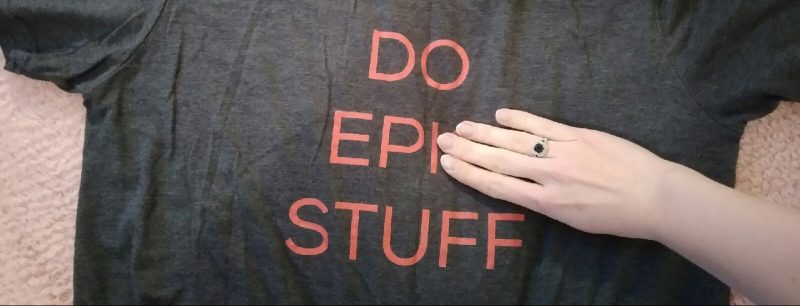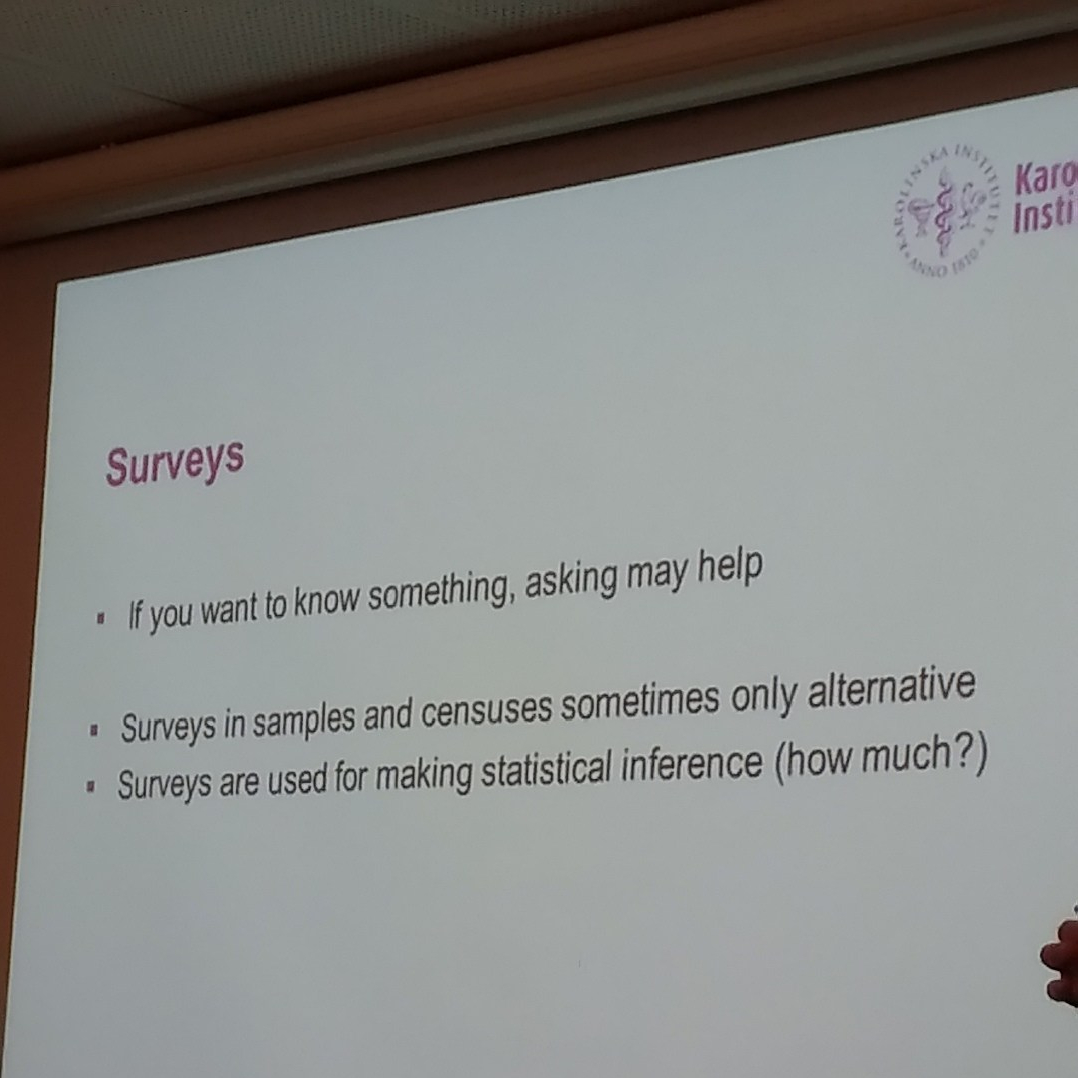
Methods for Studying the Distribution of Health: A Course review
This is the second course in our first semester and it is 7,5 credits, just like the previous one. I really loved it as it had a lot of lectures and practical lessons. Oh, and shouldn’t forget that our course coordinator made it super structured and logical.
Lectures
The lectures were of half of our activities during this course. We had many guest lecturers and the main advantage was that they were not only from KI but also from the other Stockholm universities and the European Center for Disease Prevention and Control. What this shows me is that KI is trying to give us the very best lecturers even though they might work in other places and have different roles. The course focuses on measures of disease occurrence, comparing disease frequencies, and descriptive epidemiology. During the lectures we discussed measures of disease and study design, both of which became essential for future courses. I really enjoyed how our teachers introduced the study material because they actually “work in the field” and it made the course extremely relevant.

Brilliant take-home message
Individual study
For our lectures and seminars we had to read a lot! Since I am a slow reader, I was grateful for some days off when we were supposed to read chapters from our study book. The cool thing is that you don’t have to buy all of the books (however, I prefer real paper books rather than e-books), you just upload chapters from the KI library. I will say that it can be a bit pricey to buy all books.
Weekly and daily quizzes
At the end of each week we received a mandatory individual assignment to complete. This was part of our total grade. So usually we had Fridays dedicated to reading for this assignment and review the whole week. I also really enjoyed our daily quizzes where we answered questions about yesterday’s topics. This actually helped a lot for the exam, because you can clearly see the gaps in your knowledge and the teacher can come back to the misunderstood topics.

Assignment submission is anonymous
Group assignments
This course had a lot of group assignments where we got several tasks and practiced to calculate. I would say that this part was the most important for the exam and in preparation for the next course, so get your calculator and start calculating! We also got exposure to working with online databases. Studying in Sweden has a great advantage: due to the high response to research and high quality governmental health care programmes, we have access to brilliant health databases! So why not take an advantage and learn how to use it?
We would also discuss several articles and try to find their strong and weak points.
Final exam
As usual, the course had a final exam which consisted mostly of calculations. But, if you attend the lectures,group work, and practiced all of the tasks we had, then the exam won’t be a problem. However, I failed it for the first time. Oopsy! It happens. Luckily, our course coordinator gave full notes of my paper, so it was not a problem to work out my mistakes and see where I went wrong. But the best part was the support of my classmates, so my retest ended up very well.
All in all, Methods for studying the distribution of health is a great course with a lot of reading and calculating. And if you feel a bit lost with this amount of information, trust me, you’ll need it in your next courses! So don’t hesitate to ask teachers and classmates 😉

0 comments